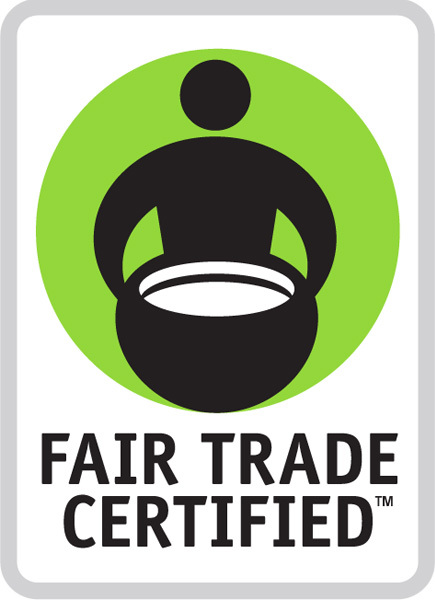How Collaboration Creates Fair Trade from Farm-to-Shelf

How Collaboration Creates Fair Trade from Farm-to-Shelf
By Jen Boynton, Triple Pundit
We’ve all heard the stories about horrible working conditions in factories and on farms overseas. But, for the average consumer overwhelmed with a multitude of options in the grocery store (not to mention balancing work, childcare, home maintenance, family, friends, and personal health), doing something about it can feel impossible. Choosing Fair Trade products is one easy way for consumers to use their dollars to vote for positive change. And they are. Studies have shown that consumers say that they’re willing to pay more for fair trade – 5-10 percent more on average (the gap between self-reported behavior and actual behavior notwithstanding).
Fair Trade empowers farmers and workers to fight poverty through trade. Here’s how it works: Fair Trade certified farmers can earn a higher price per pound for their produce and other agricultural products, meaning more money for community development and family basics like food and education. But, to become certified, a farm or farmer must comply with social, labor and environmental standards set forth by the certifier. That’s not all. Fair Trade is a true triple bottom line approach with benefits for corporate interests as well.
We at TriplePundit call Fair Trade a win-win-win. But there’s a lot of work still to be done. Despite its successes, the Fair Trade movement reaches less than 1 percent of of the 2 billion people living in poverty around the world. How can groups that are passionate about making change work together to solve an intricate and complicated problem that spans the globe?
Fair Trade USA is taking a collaborative approach to facilitating change. The group recently convened a day-long, multi-stakeholder meeting of groups that are committed to using markets to improve the lives of impoverished communities. Each of the groups in attendance is working individually to tackle a small component of a staggeringly large and complicated problem, but by teaming up, they can allocate resources more efficiently. The meeting included 37 leaders from 20 organizations spanning the supply chain: farmers’ rights groups, NGOs, foundations and companies that procure fair trade products. The group included the Clinton Giustra Sustainable Growth Initiative (CGSGI), the Skoll Foundation, Fundación Avina and, of course, Fair Trade USA. Bill Clinton also made an appearance.

